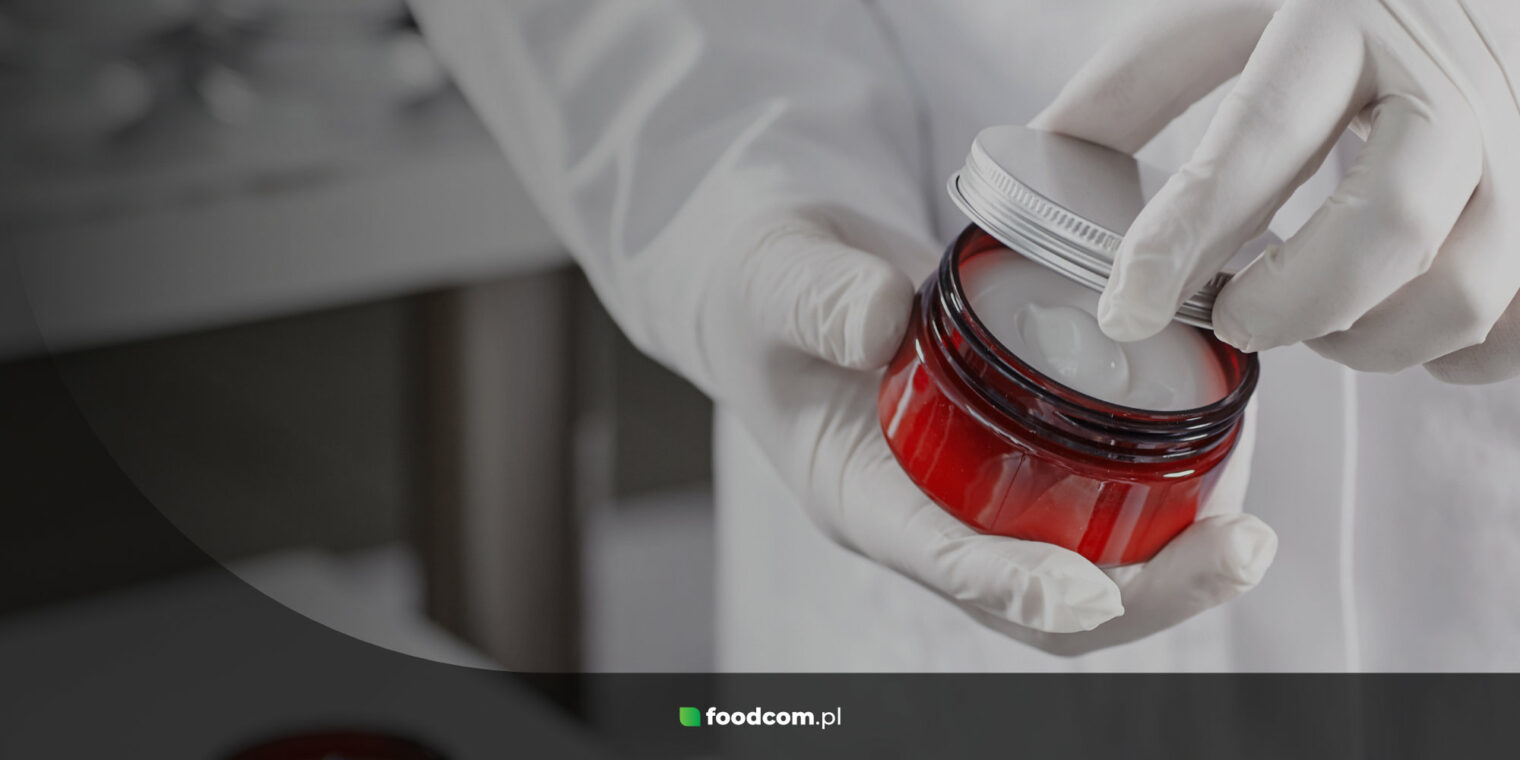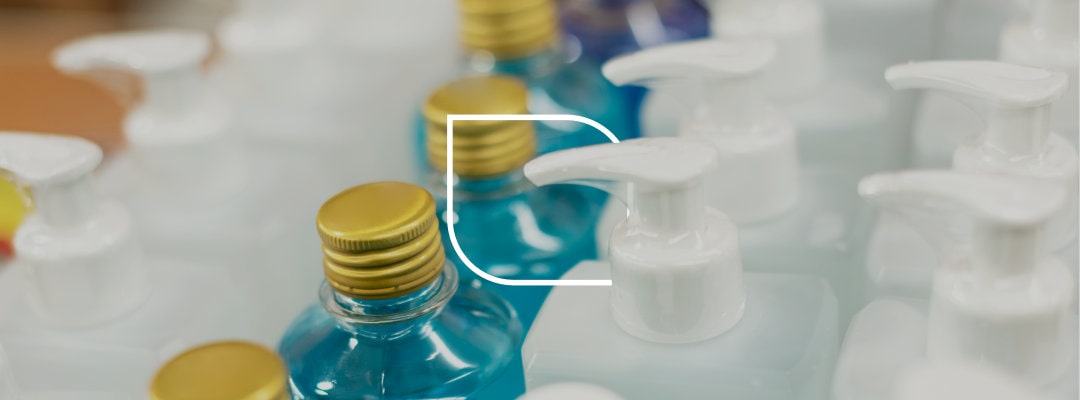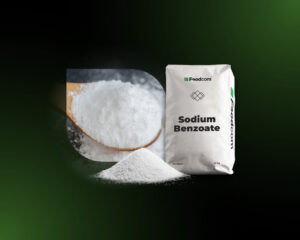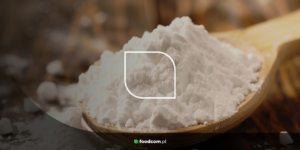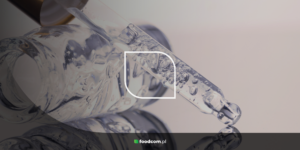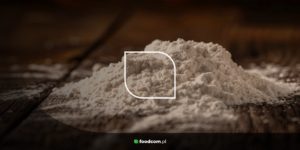- The function of cosmetic ingredients is to extend shelf life and impart specific properties to the product, depending on the function of the cosmetic and its purpose.
- The development of cosmetic formulations is not only about meeting customer expectations, but also about complying with safety requirements.
- Ingredients in cosmetics can be divided into active ingredients, basic ingredients and excipients.
- In cosmetic products you will find: preservatives, surfactants, emulsifiers, humectants or texturizers.
Composition of cosmetics
Cosmetics contain many ingredients whose function is to extend shelf life and give the product certain properties. The composition depends on the function of the cosmetic and its purpose – some help to moisturize the skin, while others protect it from harmful external factors.
However, you should not forget that the development of cosmetic formulations is aimed not only at meeting the expectations of customers, but also to comply with strict safety requirements. At this point, it is worth mentioning that every cosmetic product must have a description of the ingredients according to the INCI naming system (International Nomenclature of Cosmetic Ingredients). The indication of INCI names on the label or packaging is important in the production of cosmetics – it allows to decipher the content of the ingredients of a particular product, regardless of where it was manufactured. English chemical names and Latin plant names are used. Cosmetic ingredients are listed in order, starting with those used in the largest quantities and ending with those used in the smallest quantities.
What substances can be added to cosmetic products? Below is an overview of the ingredients in cosmetics and their functions.
Types of ingredients in cosmetics
Ingredients in cosmetics can be divided in several ways. The most general can be distinguished:
- active ingredients,
- base ingredients,
- adjuvants.
Active ingredients, also called active substances, are responsible for the function of the product, they improve the condition of the skin. They act directly on the epidermis and perform specific cosmetic functions, i.e. they moisturize, nourish, soothe irritation or lighten the skin. Examples of such substances are Vitamins, peptides, hyaluronic acid or coenzyme Q10.
Base substances, on the other hand, are the substances without which a cosmetic cannot be manufactured. They are solvents for active ingredients and include water, alcohols or vegetable oils. In most cosmetics, water is the most commonly used solvent. It can dissolve a variety of chemicals and is safe for the skin. However, it is important to remember that it must first be properly purified so that it can perform all of its functions. Other solvents include ethanol, propylene glycol or liquid wax.
In order for the cosmetic to have a certain consistency and stay fresh longer, adjuvants are added to it. Such ingredients are emulsifiers, thickeners or preservatives. Colorants and fragrances can also be found in cosmetics. The fragrance of products is influenced by plant essential oils or synthetic Vanillin.
The following are examples of the types of substances added to cosmetics and their functions.
Preservatives
The main function of preservatives in cosmetics is to extend their shelf life. Cosmetics contain water and plant ingredients, which promotes the growth of microorganisms. They also often come into contact with the skin and air, where many bacteria are found. Preservatives prevent the growth of microorganisms in cosmetics. Their absence could cause cosmetics to become irritating to the skin and have a short shelf life or need to be stored under sterile conditions. Preservatives can be divided into natural and artificial.
An example of a preservative added to cosmetics is Sodium Benzoate. This is the sodium salt of benzoic acid, a preservative that reduces the growth of bacteria, fungi and molds so that cosmetics do not spoil and their shelf life is extended. Want to learn more about the use of Sodium Benzoate? Then be sure to read our article on this topic!
Another preservative that is added to cosmetics is Formic Acid. This is a carboxylic acid that, when added to cosmetics, regulates their pH and extends their shelf life. In addition, it can serve as a component of perfumes to offset unpleasant odors from other ingredients. You can learn more about Formic Acid in our article.
Colorants
Colorants are also added to cosmetics to make the products look attractive or, in the case of makeup products, to give the skin the desired color. Colorants can be divided into natural, plant-based colorants such as chlorophyll, carotenoids or henna. The best-known synthetic colorants added to cosmetics, on the other hand, are Titanium Dioxide and Zinc Oxide.
Titanium Dioxide is an inorganic chemical compound also known as titanium white due to its brightening and whitening properties. It is commonly used in the manufacture of make-up products such as powder, foundation and eye shadow.
Zinc Oxide has a very similar effect. It is characterized not only by its whitening properties, but also by its mattifying and covering properties, which is why it is often found in the composition of powders. But zinc oxide is not only a dye in cosmetics – it also has antibacterial and drying properties, which is why it is often used in products against acne and inflamed skin.
Surfactants
Surfactants are surface-active agents that have many properties used in the cosmetics industry. First, they have the ability to create foam and have cleansing properties. They are also wetting and emulsifying agents
The most common surfactants are Sodium Lauryl Sulfate and Sodium Laureth Sulfate, but surfactants in cosmetics also include Sodium Bicarbonate. It has foaming properties and is therefore added, for example, to fizzy bath bombs.
Emulsifiers
Emulsifiers are compounds that enable two immiscible substances – water and oil – to be combined. They have a hydrophilic, water-soluble part and a hydrophobic, oil-soluble part. Thus, when an emulsifier is added to a mixture of oil and water, it enables the two liquids to mix and forms a homogeneous emulsion by reducing the repulsive force between their molecules. The addition of emulsifiers prevents cosmetics from dissolving, which prolongs the shelf life of the product.
Polysorbate 20 is a popular emulsifier found in the formulation of cosmetics. It is a substance that stabilizes O/W emulsions, which are emulsions in which the oil is dispersed in water. Lecithins, mixtures of glycerol and phospholipids that are also found in the human body, function in a very similar way.
Humectants
Humectants are substances that have a strong moisturizing effect. They are able to bind water in the skin and prevent water loss. They belong to the hygroscopic substances, i.e. they have the ability to absorb water from the environment and retain it in the outer layer of the epidermis for a longer period of time. Due to their properties, they are also frequently added to hair care products.
An example of such a substance is Glycerol, also known as Glycerin. It moisturizes by slowing the evaporation of water from the epidermis. Glycerol is used in almost every cosmetic product – creams, lotions, gels and lipsticks. In addition to its positive effect on the skin, it also has a positive effect on the properties of the product itself, preventing it from drying out.
Another humectant is Urea. Its main properties are to bind water molecules in the epidermis and protect them from evaporation. Thus, it influences the state of the hydrolipid layer, which protects the skin from dryness and negative effects of external factors.
Texturizer
Texturizers or texture modifiers are used to achieve or maintain a certain texture or consistency of cosmetics. These include, above all, thickeners that not only make cosmetics not too runny, but also increase their viscosity.
The texture of cosmetic products is influenced by Xanthan Gum. Its function is to increase density, viscosity and plasticity. The effect of Xanthan Gum is long-lasting and is not affected by low temperatures. It is also effective in cosmetics with acidic pH.
Natural Corn Starch is also used in cosmetics to thicken their texture. It is added to products for facial care.
Why Foodcom?
Our great team of Sales Support will help our Traders conduct the contract and business deals in a smooth and efficient way to ensure the best quality service to all our Business Partners. Our logistics team will take care of transportation and the financial department will be responsible for all matters connected with the financial part of the deal. Do not hesitate! Contact us.
